Water-Powered Flour Mill
|
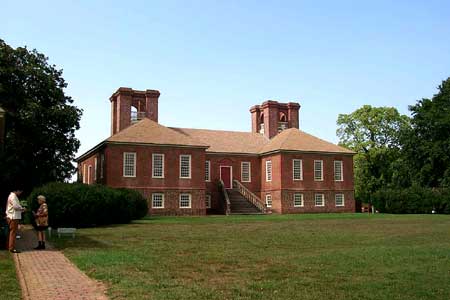 |
This is Stratford Hall in Virginia. It is the ancestoral home of the Lee family, a prominent family in the history of Virginia. Two Lees signed the american Declaration of Independence. But probably the most famous Lee is Robert E. Lee, leader of the confederate Army of Northern Virginia in the american Civil War.
|
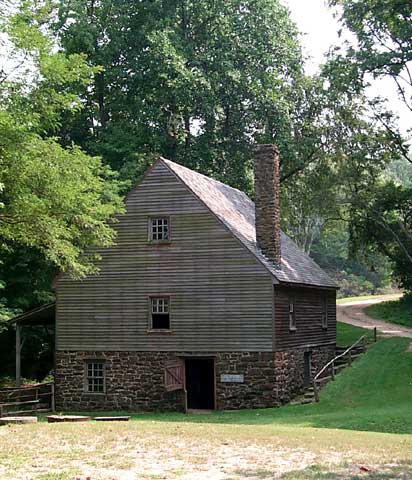 |
At Stratford Hall is a working colonial style water-power mill. This is the entrance to the gears that transfer the power from the water wheel to the mill stones, located on the floor above.
|
 |
This entrance is to the floor with the mill stones. The chute conveying the water to the wheel is on the right.
|
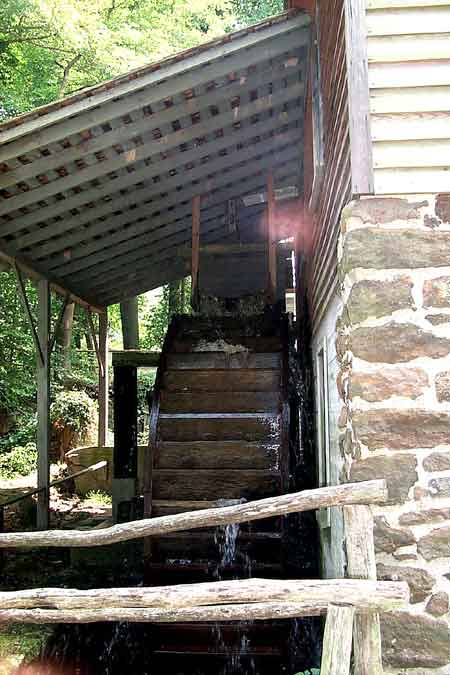 |
Here is the water wheel.
|
 |
These are the gears in the lower level of the mill that translate the vertical circular motion of the water wheel into horizontal circular motion of the grinding mill stones.
|
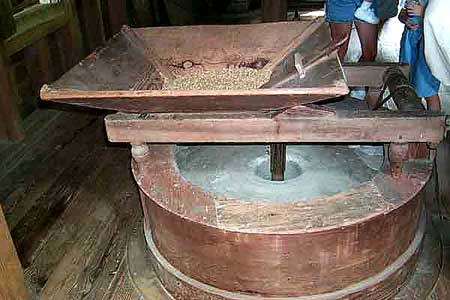 |
Here are the mill stones that grind the grain in the hopper above. The miller has to pay close attention when the mill stones are in motion and grinding the grain. The friction of the grinding can generate significant heat and burn the grain and flour. So the miller must keep his nose to the grind stone to sniff for the smell of burning.
Click on the photo above to view a larger version.
|
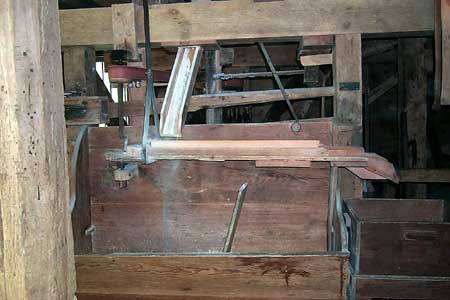 |
Here we are back down at the level with the gears, but now we see the chute that carries the flour ground above. The flour (the grey-white powder) flows down the chute to the sifter. The sifter is a chute with a screen bottom. The sifter is shaken back and forth by gears powered by the water wheel. The flour falls through the screen into the flour collection bin below, but larger unground particles move down the chute into the waste bin.
Click on the photo above to view a larger version.
|






